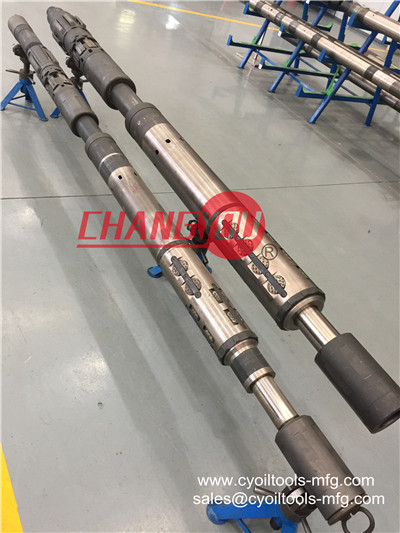HOME >> News >> Industry Information
Antelope-3 Drill Stem Test Confirms Continuity of Highly Productive Reservoir |
[ Time:2018-09-07 | Hits:529 ] |
| Drill stem test (DST) #1 in the Antelope-3 well in Papua New Guinea, tested natural gas and condensate with a maximum gas rate of 44.8 million cubic feet of gas per day with a flowing tubing pressure of 2,331 psi. The Antelope-3 well was drilled conventionally from 5,321.8 feet (1,622 meters) with cumulative down hole drilling losses of 647 barrels until at 5,817 feet (1,773 meters) when there was a total loss of circulation. The well was then drilled with managed pressure to 5,905.8 feet (1,800 meters) the current depth. At 5,905.8 feet (1,800 meters) the reservoir is comprised limestone and minor dolomite similar to the upper limestone reservoir observed in the uppermost Antelope-2 well.
The well flowed at a maximum rate of 44.8 million cubic feet of gas per day with 10.4 to 14.9 barrels of condensate per million cubic feet through a 64/64” choke. The analysed gas composition is similar to Antleope-1 and Antelope-2. The test was conducted through drill pipe and the gas flow rate was significantly limited by the downhole DST equipment and the surface separation package.
|
